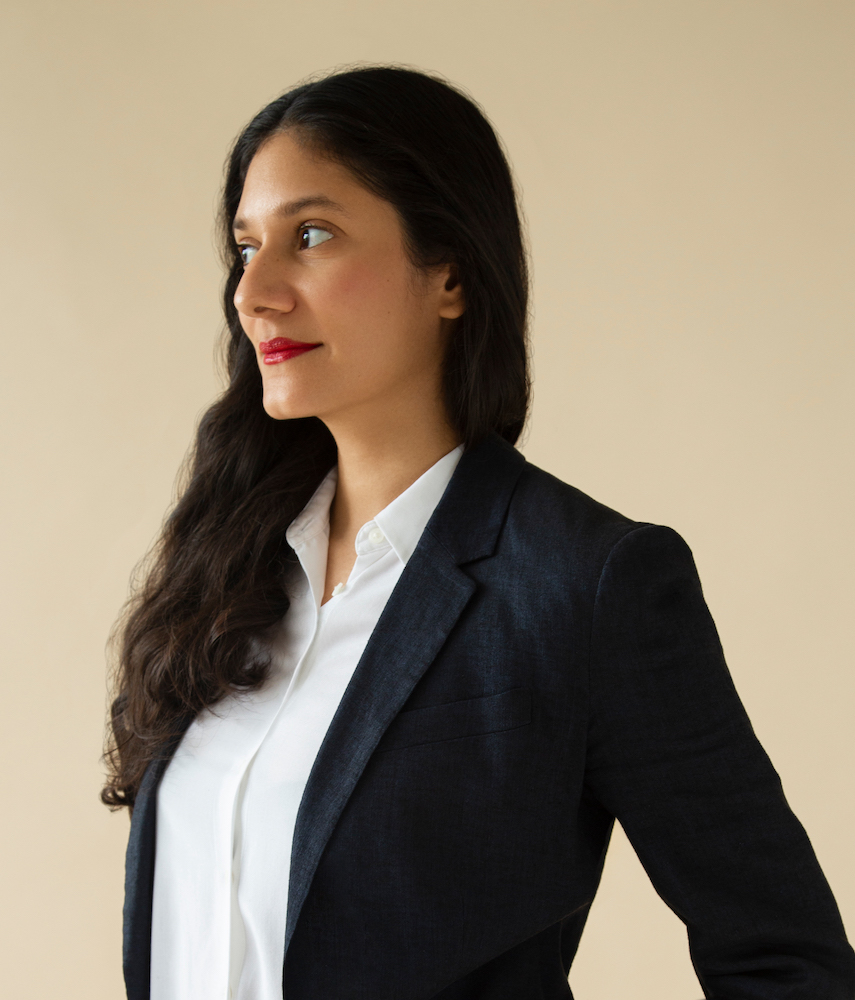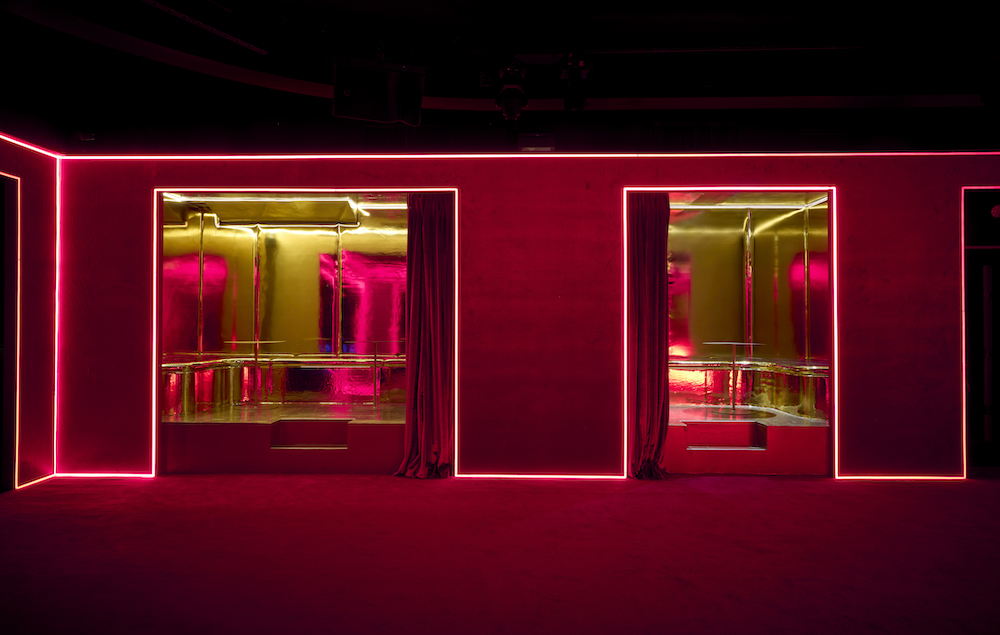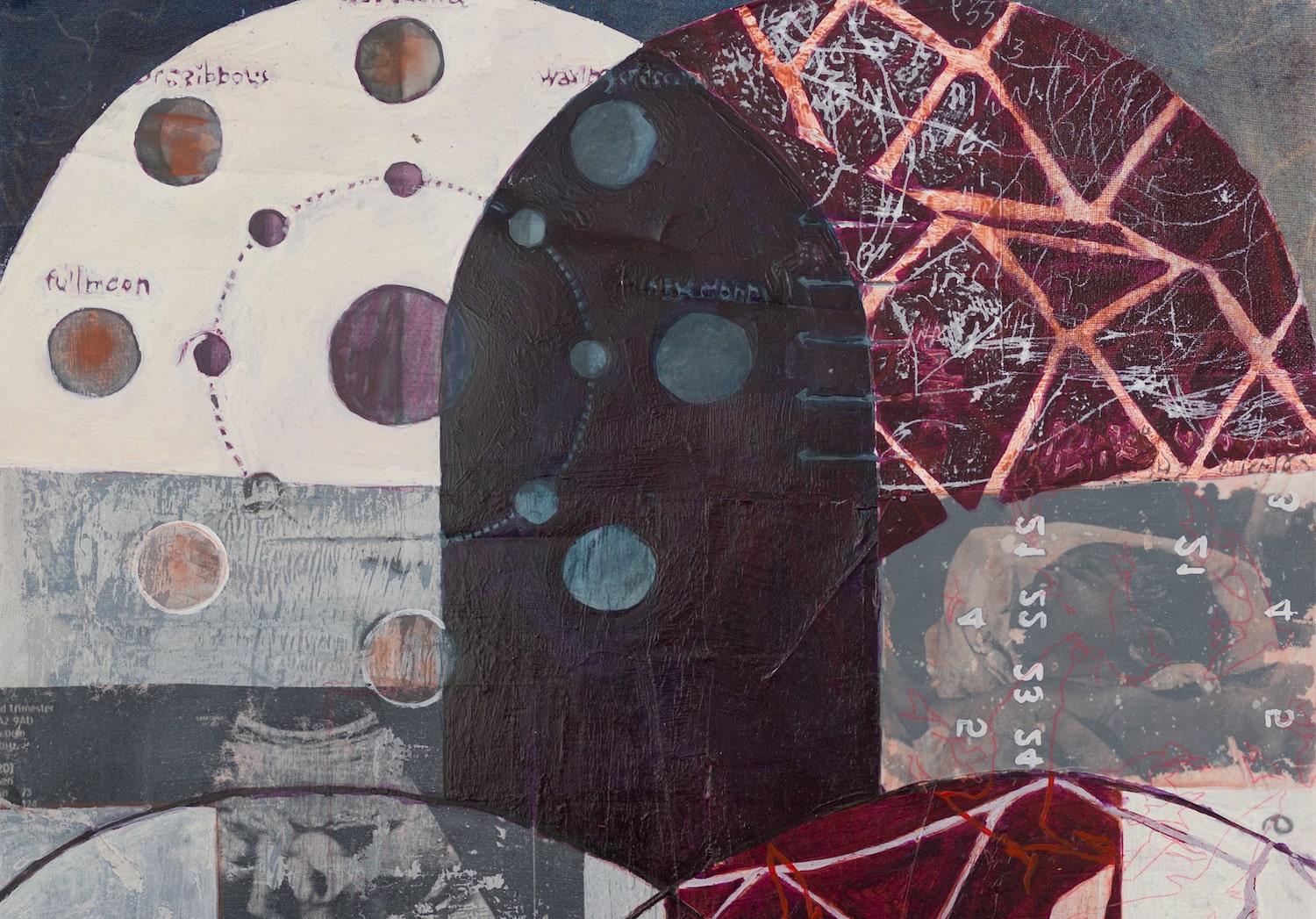Calderón in New York, led by Nicole Calderón, is focused on championing artists from Latin America, the Caribbean, and the diaspora. Recently showing works by Sam Frésquez and Armig Santos—both for the first time in New York—the gallery, which is committed to telling artists’ stories within a context and narrative, goes beyond the white box–style model. In her programming, Calderón thinks about both the immediate visitor experience—one that is welcoming—and making long-term contributions with the art she shows, whether by placing it in institutional collections or through curatorial writings.
Born and raised in Puerto Rico, Calderón brings to her eponymous gallery experience working at galleries like Timothy Taylor and Tina Kim, as well as co-founding the art agency A Vision for the Future. She spoke with Whitewall about how her mission of supporting artists translates into a gallery open for experimentation.
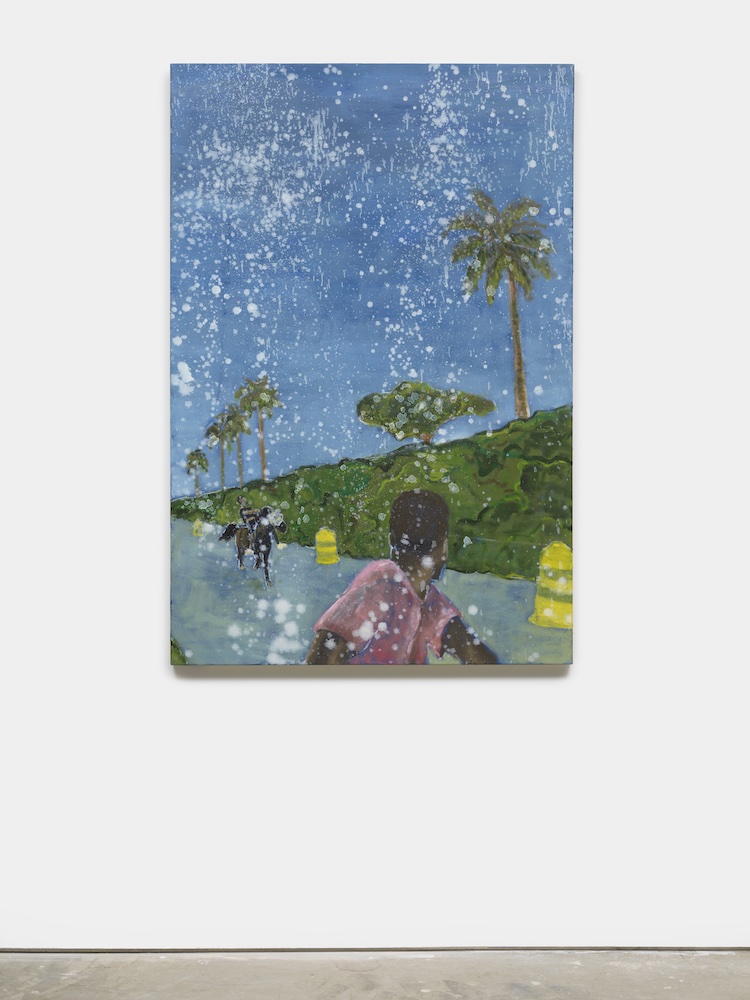
Armig Santos, “Andadura (Rain),” 2022, 60 x 40 inches, photo by Dario Lasagni, courtesy of Calderón.
WHITEWALL: What made you interested in opening a gallery of your own? Was there something missing in the market in New York you wanted to address?
NICOLE CALDERÓN: I want to support the many artists with personal and/or cultural stories that are underrepresented in the art world. I decided to start the Calderón program with a focus on stories told by artists from Latin America, the Caribbean, and their diaspora. I was born and raised in Puerto Rico, and while studying art history in college in the U.S. I noticed that Puerto Rican artists weren’t represented in my history books. I think it’s a common feeling to want to see yourself, people with similar culture and stories, represented in your world.
I didn’t know if a brick and mortar context, or even a gallery, was the best structure for fostering these pursuits, so I think of Calderón as a prototype where I am able to experiment with how—or if—it might be possible to balance the mission of supporting artists and bringing their stories into the art world with the revenue-generating demands of a gallery.
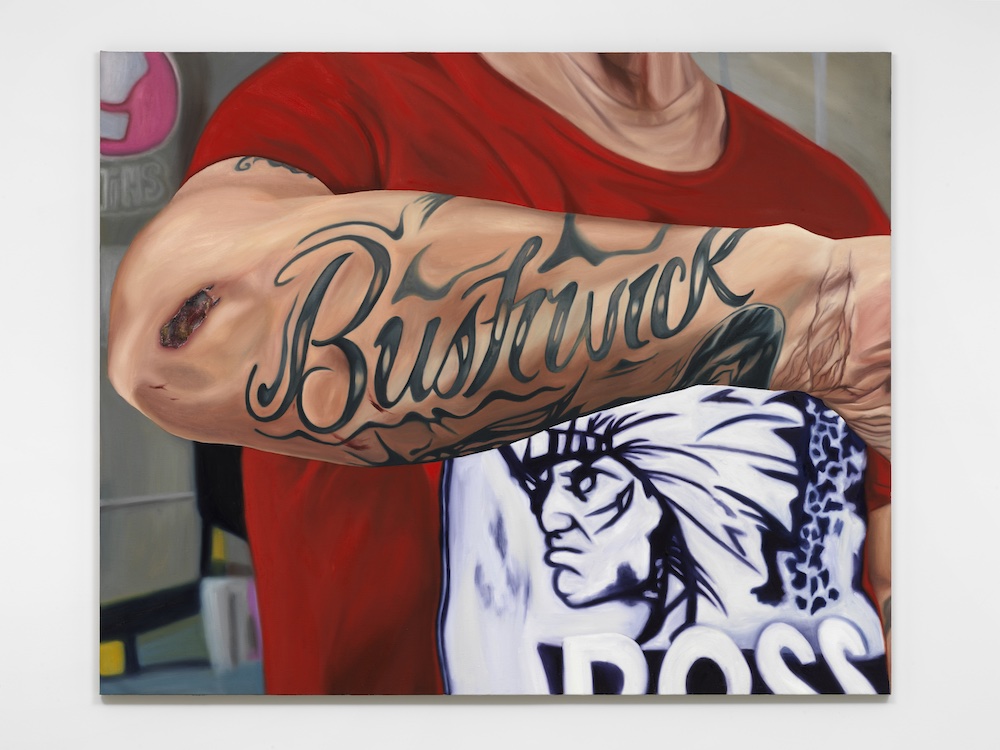
Danielle De Jesus, “Loyalty like this doesn’t exist anymore,” 2021, 67 x 83 inches, photo by Dario Lasagni, courtesy of Calderón.
WW: Aside from a typical exhibition model, you’re committed to collaboration with curators and art historians. Why is that important for you, and how do you see that enriching your program?
NC: I like thinking about art enterprises in new ways. I think about how a gallery can be more than a retail showroom focused on commodity transactions. Galleries often produce the materials needed to contextualize artwork and educate in the minimal form of press releases. So, with very little effort a gallery could become a “free museum” of sorts, simply by welcoming all visitors and offering the artwork information that they already have on hand.
We also try to make the space accessible and show that a gallery can be a welcoming place by saying hello and engaging visitors, whether they are coming to see a specific show or walking in from the street without knowing about the art on view, or maybe even art in general. Making people feel welcome to ask questions and discuss the artwork in our gallery and fair spaces increases the likelihood that visitors will spend time with the artwork, invest in their thinking, and learn.
But to make a longer-lasting contribution, we work with institutions to place artworks into permanent collections, and with writers to try to provide artwork context to future generations. These latter activities can help cement artists and artworks into history so the stories can live on. It’s great that the New York audience can see the work, but we want the artwork and stories to go beyond local geography and the present time. We want to archive artworks and their stories, to make sure that they contribute in a lasting way to culture and history.
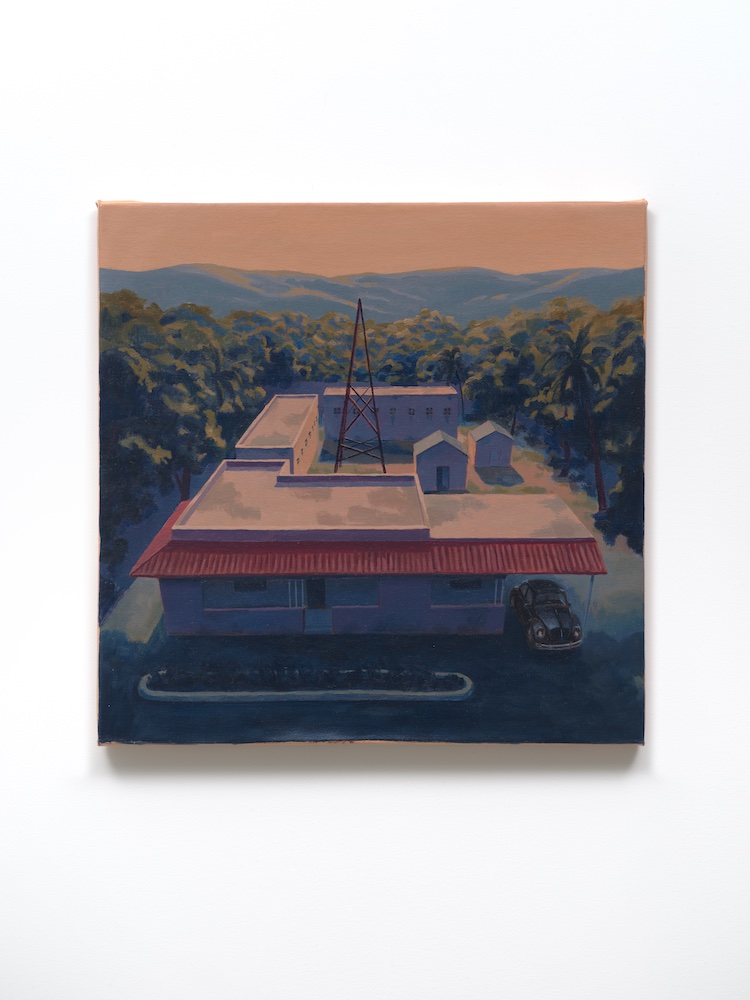
José Morbán, “La cuarenta,” 2022, 21 x 21 inches, photo by Dario Lasagni, courtesy of Calderón.
WW: Who are the artists whose work you were interested in presenting?
NC: When I look at new art I am not looking for the next star artist or trend; I try to go beyond this traditional tendency by learning the stories behind the artwork and understanding what artists are saying through their imagery, color, materials, and technique. I try to find important stories that haven’t yet been told, or highlighted enough, in art history and bring the new voices and perspectives behind those stories into the art world. Every artist that we have worked with has brought a unique context. I want to help tell these stories and give them a platform in the art world that they haven’t had before.
WW: Do you see yourself as an advocate for your artists? What does that mean or require in this moment?
NC: I consider myself like a diplomat for the artists that I work with. As such, I must be an expert in their practice, always able to present their artwork contextually to the public, patrons, and institutions. I also must have a genuine interest in the artwork and the story behind it. I need to be able to tell the story on behalf of the artist—and to do that I need to understand and internalize the story. Sometimes an artist is only present with their work for the opening of a show, so the gallery needs to be able to tell the story with detail and passion in the artist’s absence. I take that responsibility seriously, and I understand that it requires trust from the artist.
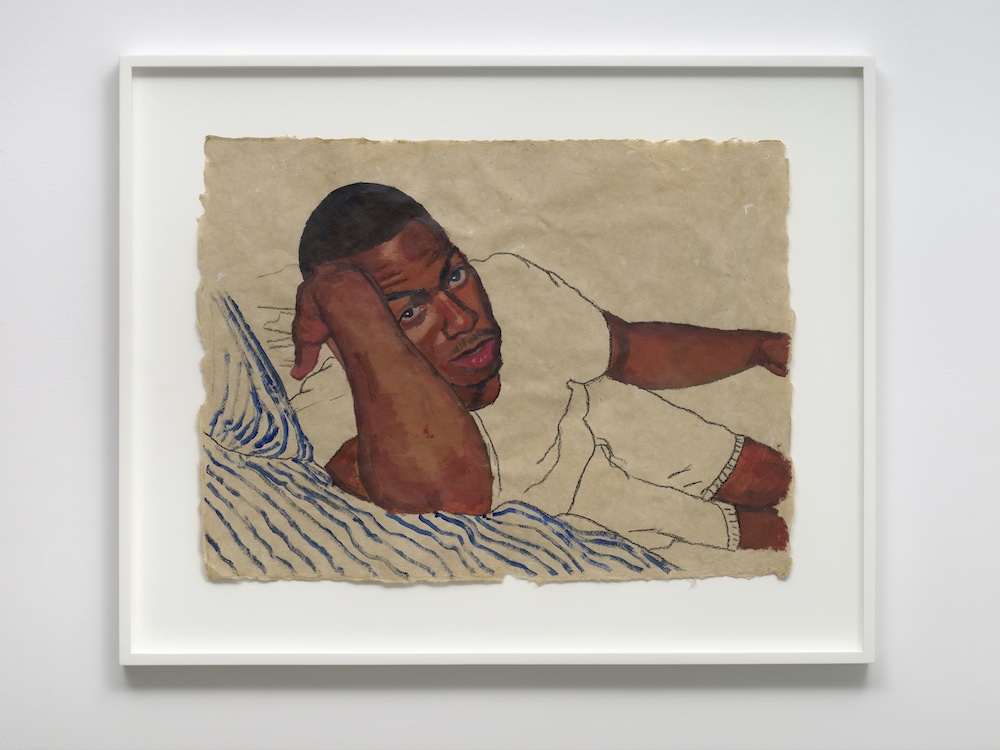
Raelis Vasquez, “Papi en 2002,” 2020, 18 x 24 inches, photo by Dario Lasagni, courtesy of Calderón.



